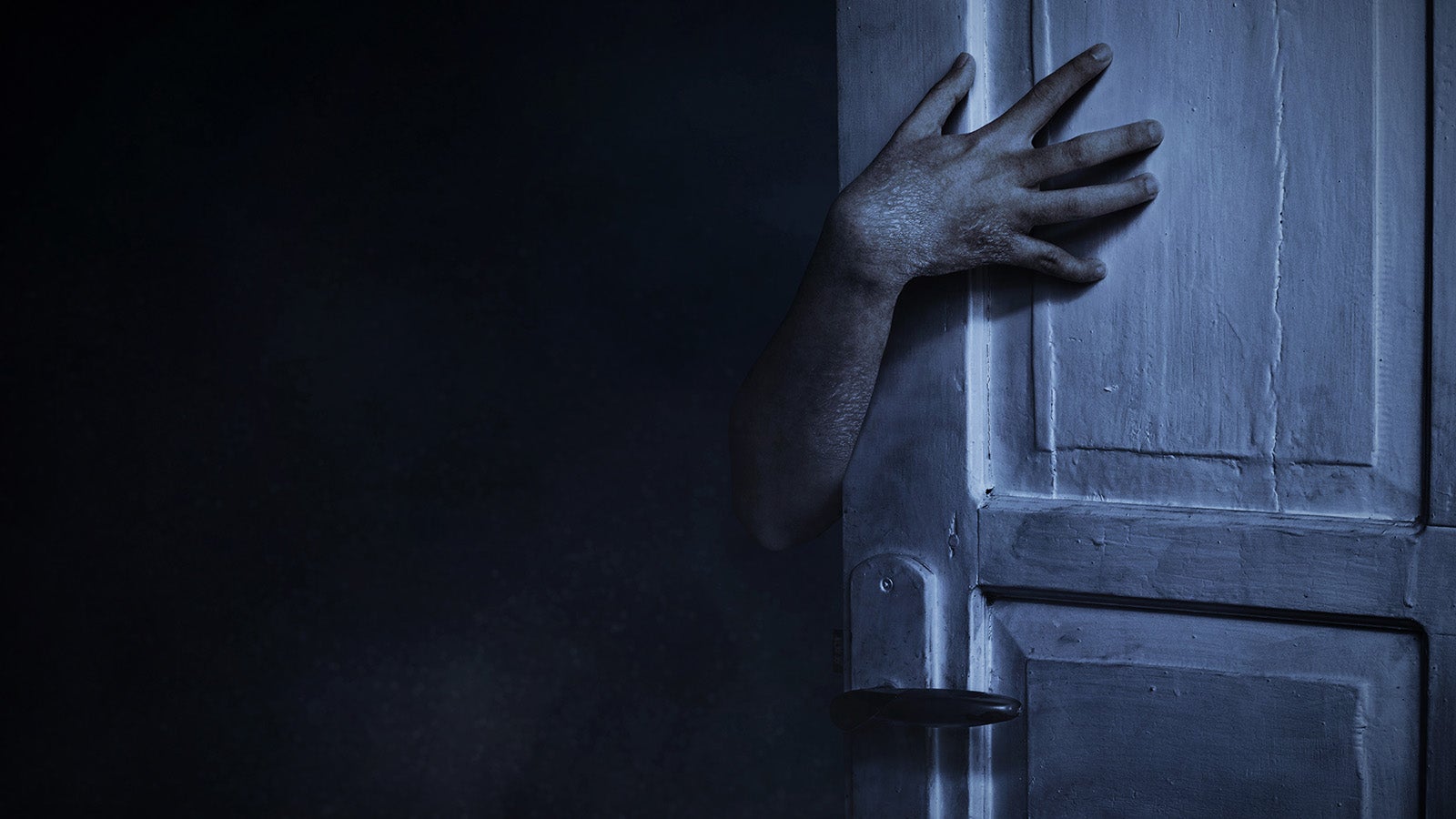“There wasn’t always a ghost.”
Solo creator Daniel Knight had a problem he didn’t know how to fix. He had the makings of the game we know now, a game about hunting ghosts with your friends, in which you’d travel to different locations, different homes, and use gadgets like electromagnetic field readers (EMFs) and spirit boxes and temperature gauges to locate paranormal activity. Doors would slam and lights would flicker and ghostly noises would sound. It was creepy. But the game lacked purpose and Knight couldn’t work out how to make it fun.
“There could have been absolutely nothing,” Knight tells me, when we meet. “You go in, there’s ambient sounds, and you have to figure out is it just the house making noises or is there actually a ghost there?” A true or false kind of situation. If you think of the shape Phasmophobia has now, where there’s a long set-up phase before a short, intense, perilous confrontation with a ghost, what he’s describing is only half of the experience. The slow part of the game without the chase. Understandably, then, “It ended up being not too fun to play.
New idea: make it more like the film The Grudge, where a person had died in a house and remained there, haunting it. This would at least ensure a ghost would be there. Your job would be to discover their name. You’d use your ghost-hunting gadgets to locate objects around the house that are connected with them, then you’d gather them up, take them to the room of the house most closely associated with them, and perform a banishment ritual there. An exorcism. It worked a bit like the summoning circle which is in the game now: you place and light candles in a circle to call forth a spirit. “But at the time,” Knight says, “it was on this big board. You had to carry it around like an Ouija board and place all the items on the board, light these candles, and then the ghost was banished.”
But again, the idea didn’t work. “It wasn’t too fun to play because most of the gameplay you were ignoring the ghosts and running around trying to find all these different items in the house,” Knight explains. “And also,” he adds, “the mentality of knowing that you could actually remove the ghost made it not scary, because you then had the knowledge you were more powerful than the ghost.”
